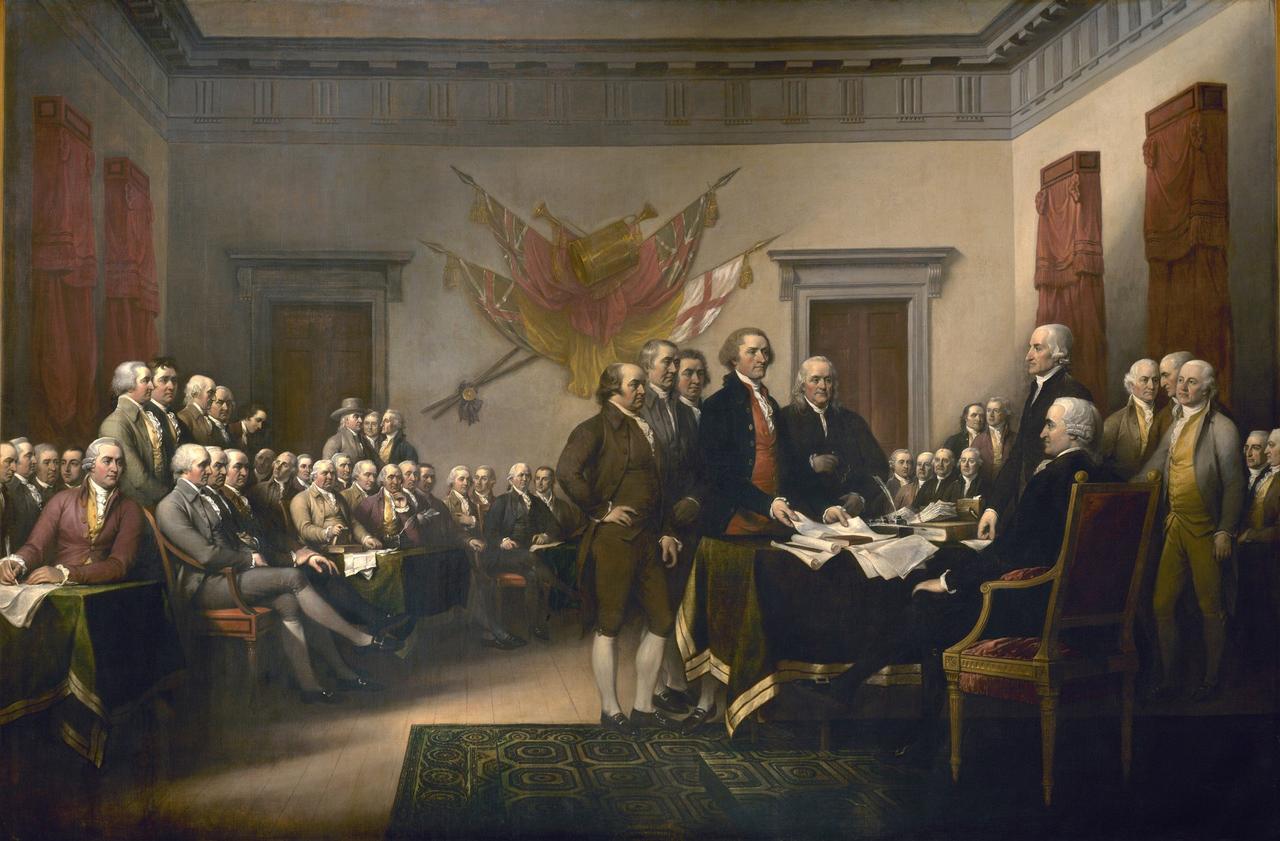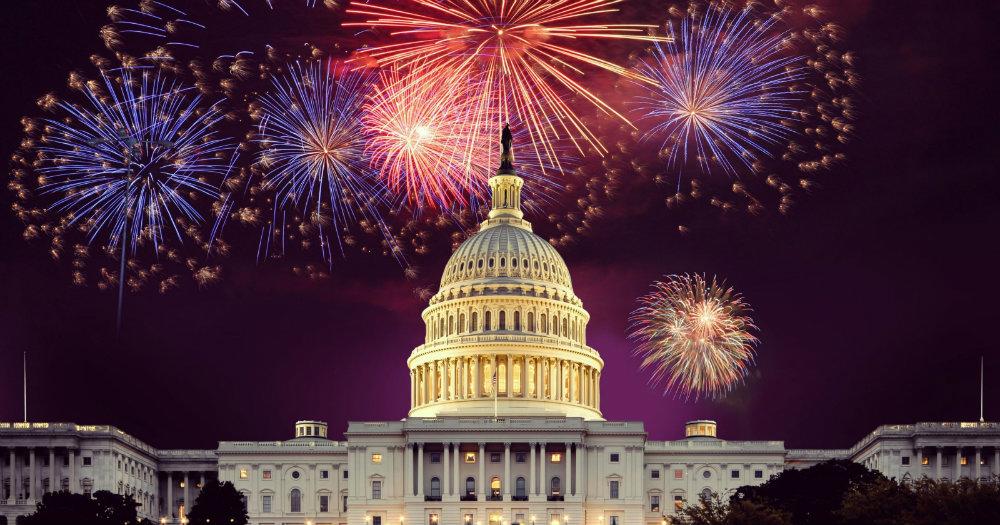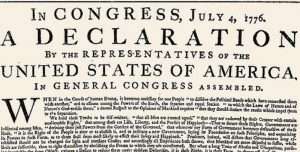From Commonwealth v. Smarr, a nonprecedential decision handed down yesterday by a Pennsylvania appellate court:
Christopher Joseph Smarr appeals from the judgment of sentence entered following his convictions for first-degree murder, robbery, and related charges…. The Commonwealth brought charges against Smarr based on allegations that… he shot and killed the victim, Brandon Gray. The shooting occurred during a robbery, as part of a “turf war” between rival drug dealers….
Smarr argues that the court erred in allowing [Janay] Brown [the sole eyewitness to the shooting] to testify while wearing a scarf over part of her face because this denied Smarr his right to face-to-face confrontation under the Confrontation Clauses of the federal and state constitutions. Smarr argues that Brown’s testimony was impermissible under the test announced in Maryland v. Craig, 497 U.S. 836 (1990), for two reasons. First, Brown testified she only wears the scarf on Fridays, when she attends religious services at the Jum’ah, and whenever she feels that she wants to; she did not testify her religion required her to wear the scarf while testifying, and it was therefore unnecessary to allow her to do so. Second, Smarr contends the reliability of Brown’s testimony was not otherwise assured, as the jury were unable to clearly see Brown’s facial expressions and thus fully assess her demeanor and credibility.
The United States and Pennsylvania Constitutions provide criminal defendants the right to confront those who testify against them at trial. See U.S. Const. amend. VI (“In all criminal prosecutions, the accused shall enjoy the right … to be confronted with the witnesses against him”); Pa. Const. Art. 1, § 9 (“In all criminal prosecutions the accused hath a right … to be confronted with the witnesses against him”)….
In Maryland v. Craig, the United States Supreme Court explained that the right to confrontation includes the following elements: (1) the witness testifies while face-to-face with the defendant; (2) the witness testifies under oath and (3) under the penalty of perjury; (4) the witness is subjected to cross-examination; and (5) the jury is able to observe the demeanor of the witness, “thus aiding the jury in assessing his [or her] credibility.” The Court held that the Confrontation Clause is not violated when a defendant is denied the first element, “a physical, face-to-face confrontation at trial,” so long as 1) “denial of such confrontation is necessary to further an important public policy” and 2) “the reliability of the testimony is otherwise assured.”
We conclude that Smarr has failed to establish that he was denied a physical, face-to-face confrontation with Brown. Smarr and Brown were in the same room, sitting within a few feet of each other, when Brown testified. Cf. Craig (distinguishing testimony via one-way video- conferencing from “live, in-person testimony” and holding that former is not face-to-face confrontation); Commonwealth v. Atkinson (Pa. Super. 2009); (holding two-way video-conferencing not constitutionally equivalent to physical face-to-face confrontation). In addition, Brown’s eyes were unobstructed. Cf. Craig (emphasizing one-way video-conferencing was not face-to-face confrontation because it prevented witness from seeing defendant while testifying); Coy v. Iowa (1988) (holding testimony given while screen was positioned between defendant and witness stand, preventing witness from seeing defendant, did not satisfy face-to-face confrontation).
No precedent has established that a witness’s clothing or accessories renders a physical, in-court confrontation other than face-to-face, particularly where the clothing does not obstruct the witness’s eyes, and we decline to do so under the facts of this case. We therefore hold that Smarr’s right to be brought face-to-face with his accuser was satisfied. [Footnote: We note that other jurisdictions have concluded that partial face-coverings do not undermine the face-to-face aspect of confrontation. See Morales v. Artuz, (2d Cir. 2002) (finding that trial court’s decision to allow witness to wear dark sunglasses did not diminish face-to-face encounter under Confrontation Clause because “the obscured view of the witness’s eyes … resulted in only a minimal impairment of the jurors’ opportunity to assess her credibility”); Commonwealth v. Lynch (Mass. 2003) (holding witness’s alleged wearing of sunglasses would not have violated “face to face” confrontation under the Massachusetts constitution).]
Even if we were to conclude that Smarr was denied face-to-face confrontation with Brown, we would affirm the trial court’s finding that the testimony was permissible under the Craig test. Assessing the first prong of the test, the trial court found that allowing Brown to wear the scarf “was necessary to further an important public policy[]” …:
“The public policy interest involved in the instant case is the protection of the right to freedom and free exercise of religion. Brown consistently testified that she wore her head scarf for religious purposes. Brown wore a head scarf while testifying during [Smarr’s] Preliminary Hearing and Trial. Although Brown testified that she did not always wear a head scarf, she testified that she wore it whenever she felt that it was appropriate.”
We find the first part of the Craig test satisfied. The court found that protection of Brown’s ability to exercise her religion was an important public policy, and, after a hearing, made a specific, individualized finding and that allowing Brown to cover her face was necessary to further that policy.
Considering the second prong of the Craig test, the trial court found that “the reliability of Brown’s testimony was otherwise assured.” Specifically, the court found the jury was amply able to observe Brown’s demeanor. The court stated,
“… Brown was physically present in front of Defendant and she testified under oath. Brown was subject to cross-examination by [Smarr] and [Smarr] questioned her regarding her head scarf. The jury was able to sufficiently view Brown’s demeanor. [Footnote: Defense Counsel correctly noted during trial that ‘demeanor’ is defined as the ‘outward appearance or behavior, such as facial expressions, tone of voice, gestures, and the hesitation or readiness to answer questions.’] The jury was located within close proximity to Brown. They were able to perceive Brown’s tone of voice, her gestures, and any hesitation she may have exhibited in answering questions. The jury was also able to view Brown’s eyes. Although Brown’s mouth was covered, her nose was exposed much of the time and her scarf was pulled tightly to the point where the outline of her mouth was visible. This Court could observe when Brown was smiling or frowning…. Brown’s mouth and nose were the only features that may not have been visible to the jury. The jury was otherwise able to sufficiently observe Brown’s demeanor during her testimony.”
In addition, during trial, the court stated the scarf covering Brown’s nose and mouth was somewhat transparent. Moreover, Smarr did not deny that the jury witnessed Brown “br[eak] down into tears.”
Thus, the jury could view Brown’s eyes, and to some extent, her facial expressions; her posture, her gestures, and her body language; hear her tone of voice, her cadence, and her hesitation; and observe any nervousness, frustration, or hostility. We therefore hold that under the second prong of the Craig test, the other polestars of the right to confrontation—testimony given under oath, facing the penalty of perjury, subject to cross-examination, and with the jury’s observation of the witness’s demeanor—were amply preserved. Smarr’s right to confrontation under the federal and state constitutions was not infringed, and a new trial was not warranted….
from Latest – Reason.com https://ift.tt/2JnhUcF
via IFTTT






